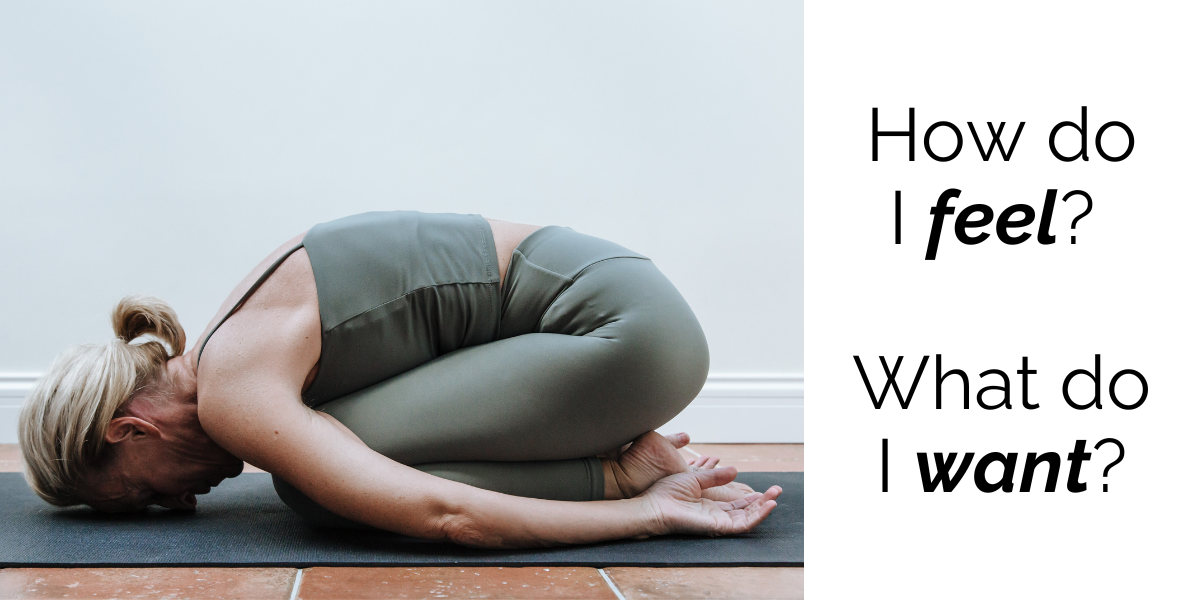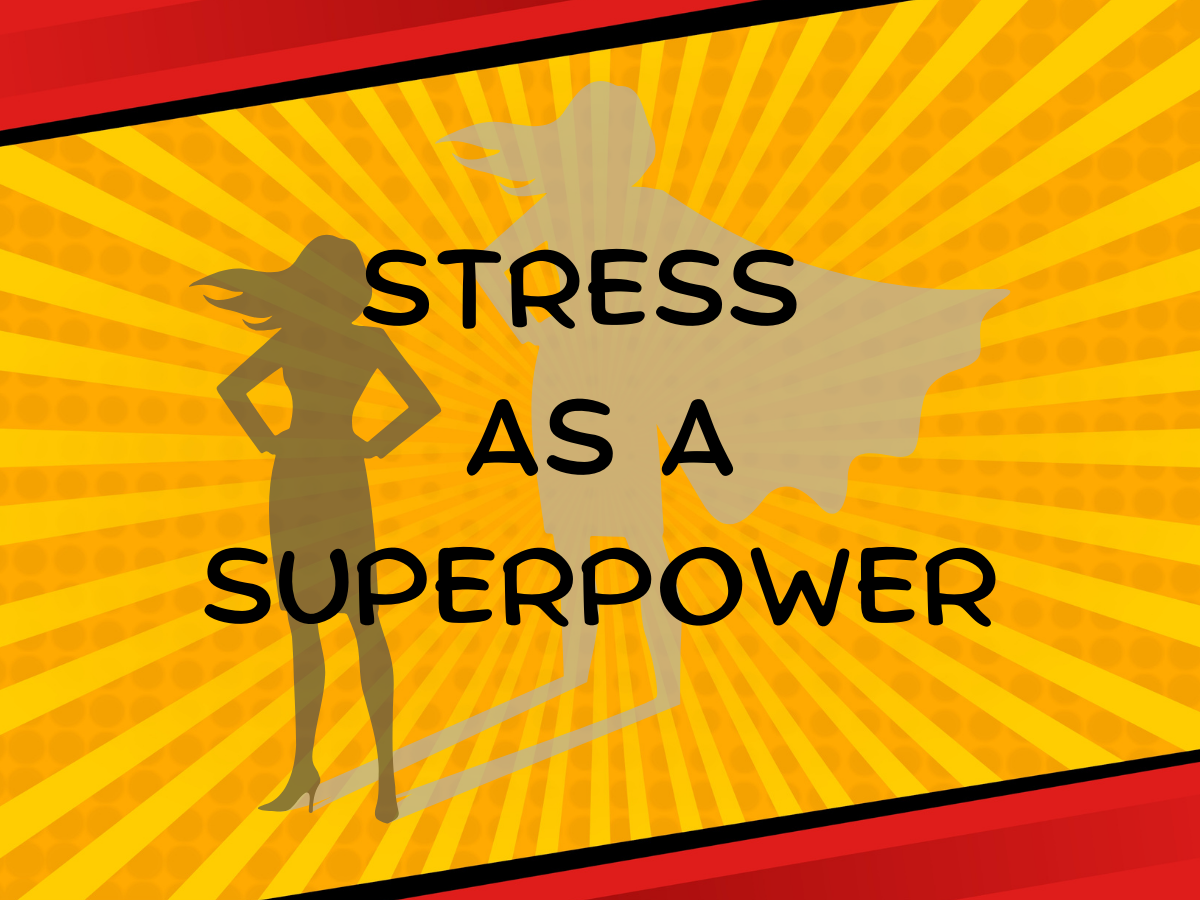
As an experienced yoga teacher and private coach, I’ve often been asked how to create and lead an easeful and joyful life. The answer is embedded within the ancient yogic principles, particularly the Niyama known as Svadhyaya, or self-study. Svadhyaya encourages us to turn inward, examine our thoughts and actions, and foster a deep sense of self-awareness. Let’s explore how Svadhyaya can transform your life by helping you recognize patterns, understand your true self, and turn awareness into action with a self-care routine.
The Concept of Svadhyaya
Svadhyaya translates from Sanskrit to “self-study” or “self-awareness.” It’s a practice that encourages us to look within and understand ourselves on a deeper level. Yoga Sutra 1.29 states: “From this practice, the awareness turns inward, and the distracting obstacles vanish.” This profound shift in perspective allows us to see beyond our ego-driven selves and connect with our true identity.
Becoming the Witness
One of the most powerful aspects of Svadhyaya is the concept of becoming the witness. This means stepping outside of yourself and observing your life from a bird’s eye view. When you do this, you shift away from the ego mindset and begin to see the repeating patterns of behavior and thought processes that dominate your life. You notice the different masks or personas you wear, the habits formed by past experiences, and the ways you respond to others.
For instance, when I speak to my husband and he continues to look at his phone, I start to get angry. I clench my teeth and my whole body becomes stiff. I realized this stemmed from an old childhood need to feel like I was a priority and worthy of someone’s full attention. Recognizing this pattern through my self-awareness work allowed me to share this realization and feelings with my husband helping me to release the resentment I felt for him.
Uncovering and Releasing Harmful Patterns
Svadhyaya is not about judging ourselves harshly but rather about seeing things as they truly are. This self-awareness helps us recognize how we get trapped in old patterns of doubt, fear, and anger. By simply observing these patterns, we can begin to let them go. Not all habits and patterns need to be released, however. Some serve us well and help us navigate our lives. The key is to discern which patterns are beneficial and which are harmful. For example, my habit of early morning meditation has been a cornerstone of my well-being, while my tendency to overwork needed to be addressed.

The Ongoing Practice of Self-Awareness
Yoga is called ”a practice” for a reason. It’s an ongoing journey that evolves with us throughout our lives. What you need today might be different from what you needed a decade ago. In my 20s, I was always striving to be the best-in my job, in my home, with my family-sometimes to my own detriment. Now, in my 40s, I have learned to slow down and relax when I need to and say “no” as an act of self-care. Svadhyaya allows us to continually ask, “How am I doing today?” and “What do I need today?”
Navigating Feelings with Curiosity
In our fast-paced world, it’s easy to numb our feelings with distractions like social media, TV, or even excessive exercise. Self -awareness invites us to move toward these feelings instead of away from them, with an open and curious mind. By exploring both the darkness and light within us, we peel back the layers of our ego and connect with our true selves. This connection within can lead to less suffering in our lives.
For example, I used to distract myself with work whenever I felt anxious. Through self-study, I learned to sit with my anxiety, understand the pattern triggers, and address it directly. I begin to locate the feeling in my body and then move it out of my body with breathwork or movement or send myself some grace if I couldn’t release it. This practice has not only reduced my anxiety but also deepened my self-awareness and compassion.
The Impact of Self-Awareness on Our Lives
The more we get to know ourselves, the more compassionate and empathetic we become towards others. By studying our own heartbreak and pain, we can recognize and understand similar pain in others. This interconnectedness fosters a sense of unity and empathy.
Self-Care: A Vital Practice for Well-Being
Self-awareness naturally leads to self-care. Establishing a self-care routine is clinically proven to reduce anxiety and depression, reduce stress, and increase happiness. It helps us adapt to changes, build strong relationships, and recover from setbacks. Americans who practice self-care report enhanced self-confidence, increased productivity, and greater happiness. Self-care habits can reduce heart disease, stroke and cancer as well.
When we neglect self-care, we become depleted, which can manifest as physical illness or low vibrational states like stress and anxiety. This can cause us to act in ways that are not true to our authentic selves. Showing up with a higher vibration benefits everyone around us, as the energy we give out is what we receive back. We also become a magnet for our desires when we vibrate at a higher frequency.

Strategies for Effective Self-Care
Reduce Chronic Stress
Chronic stress contributes to many health conditions, including anxiety disorders, cardiovascular disease, and depression. Physical activity, such as walking or working out, helps release stress and endorphins. Meditating or engaging in single-point focus activities like knitting or swimming can also be very effective.
Create Boundaries
Creating boundaries is essential for protecting your energy and maintaining a high vibrational frequency. Identify what you don’t want in your life and what you will accept. Be specific about your goals and priorities to help enforce these boundaries.
Remember that “I can’t.” and “No.” are complete sentences. You don’t need to offer an explanation. And, if you will be resentful protect your own energy and just say, “I can’t”.
Focus on Positivity
Continuous negative thoughts can become ingrained patterns in your brain. Challenge your negative thinking and identify old patterns of behavior. Ask yourself if these thoughts are true or simply old conditioning from your past or family’s past. Focusing on what is going right in your life can shift your mindset and increase your vibrational frequency.
Personalized Self-Care Practices
Self-care is unique to everyone, so it’s important to experiment and find what works best for you. Consider what makes you feel good or lights you up inside. These activities change the biochemistry of your body, releasing “feel good” chemicals like endorphins and reducing cortisol. Simple acts, like cooking a healthy meal or taking a short break from screens, can significantly impact your well-being.
Overcoming the Guilt of Self-Care
Choosing self-care does not mean you are selfish or that others will suffer. We are often taught to put others first, but retraining these ingrained patterns is crucial. Trust that prioritizing self-care will bring positive outcomes for yourself and those around you.
Levels of Self-Care
Imagine parenting yourself and nurturing your well-being. Daily practices that keep you grounded, which we call Level 1 self-care, are essential. Activities that bring deep joy and nourishment, Level 2 self-care, help create reserves of energy. These practices help you stay calm, joyful, and resilient. They create reserves of energy so when life throws something unexpected or unpleasant, you feel more prepared to handle it. Practicing self-care also shows others how you want to be treated.
Self-care doesn’t have to take a long time or a lot of money. If a candle lights you up, then get your favorite scent and place it next to you while you work from home. You can schedule a walk into your schedule during your day for 15 minutes if your self-care is to get more movement into your day. You get the idea! Get creative and don’t let your habits or excuses get in the way.
Conclusion: Self-awareness to Self-care
Self-awareness is the cornerstone of self-care. It begins with a willingness to engage in Svadhyaya, to reflect on our thoughts, behaviors, and needs. This introspection helps us identify what truly nourishes us and what changes we need to make to feel more balanced and content.
As you continue life’s journey, remember that self-study is a lifelong practice. Keep asking yourself, “How am I doing today?” and “What do I need today?” By embracing self-study and taking action with self-care, you can navigate life’s challenges with greater ease, compassion, and authenticity.
Resources:
Larkin, B. (2023). Yoga Life. Balance.
Monk, L. 4 Key Dimensions of Self-Care. https://ctrinstitute.com/blog/4-key-dimensions-self-care/
National Institute of Mental Health. Caring for Your Mental Health. (December 2022). https://www.nimh.nih.gov/health/topics/caring-for-your-mental-health
Mental Health First Aid. How and Why to Practice Self-Care. (March 14, 2022). https://www.mentalhealthfirstaid.org/2022/03/how-and-why-to-practice-self-care/
Luciani, M., De Maria, M., Page, S.D. et al. Measuring self-care in the general adult population: development and psychometric testing of the Self-Care Inventory. BMC Public Health 22, 598 (2022). https://doi.org/10.1186/s12889-022-12913-7


